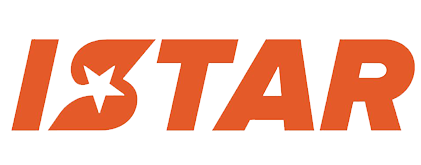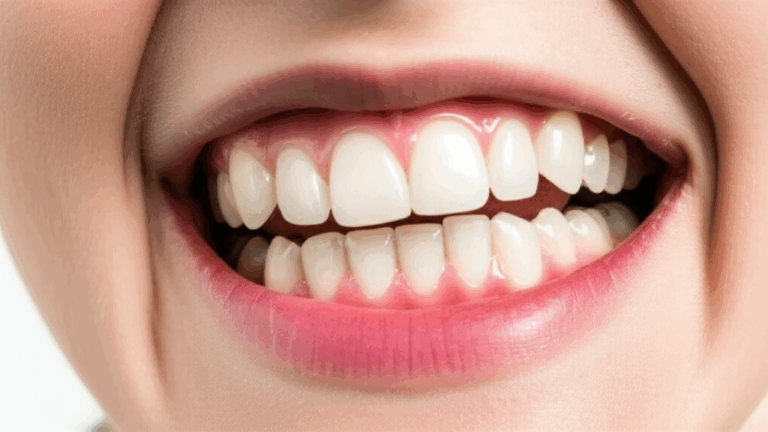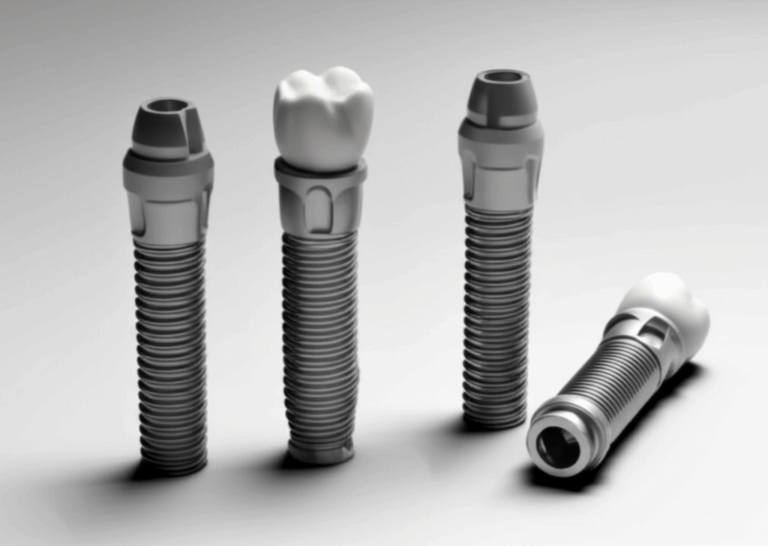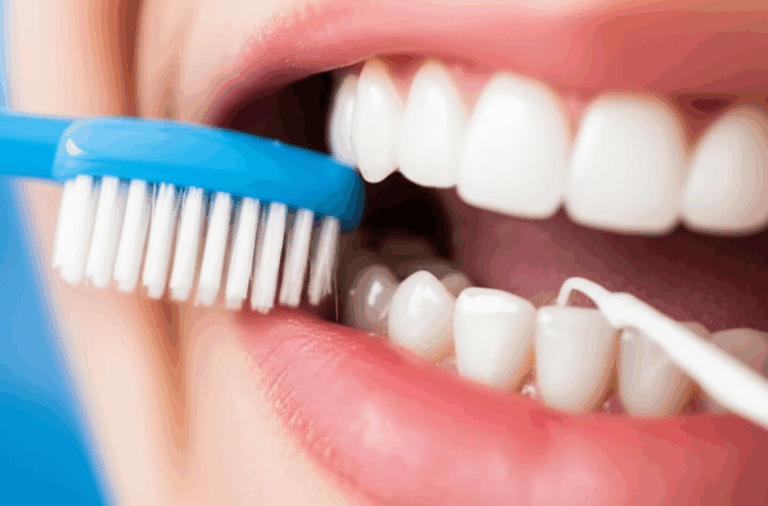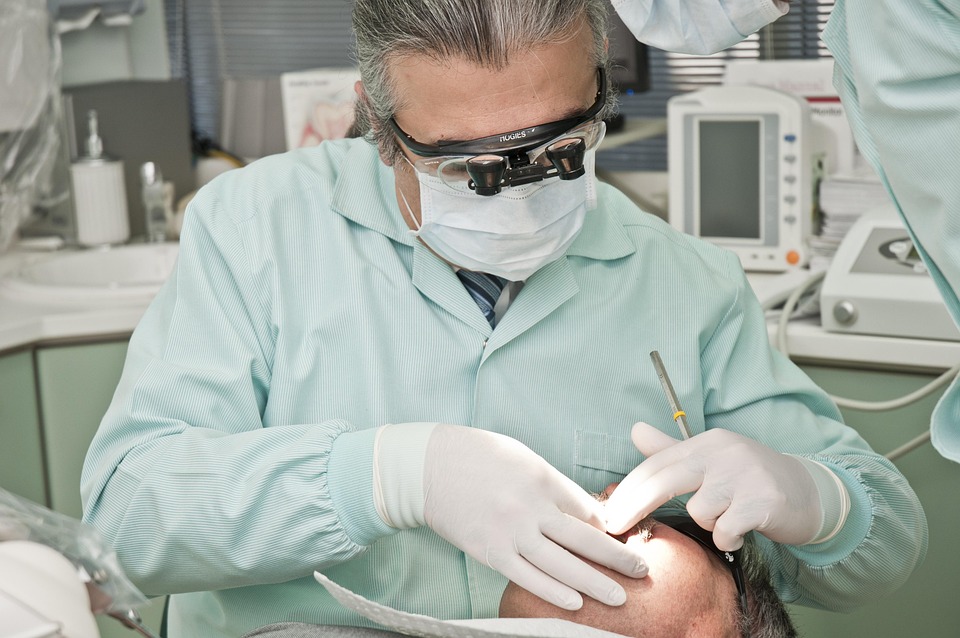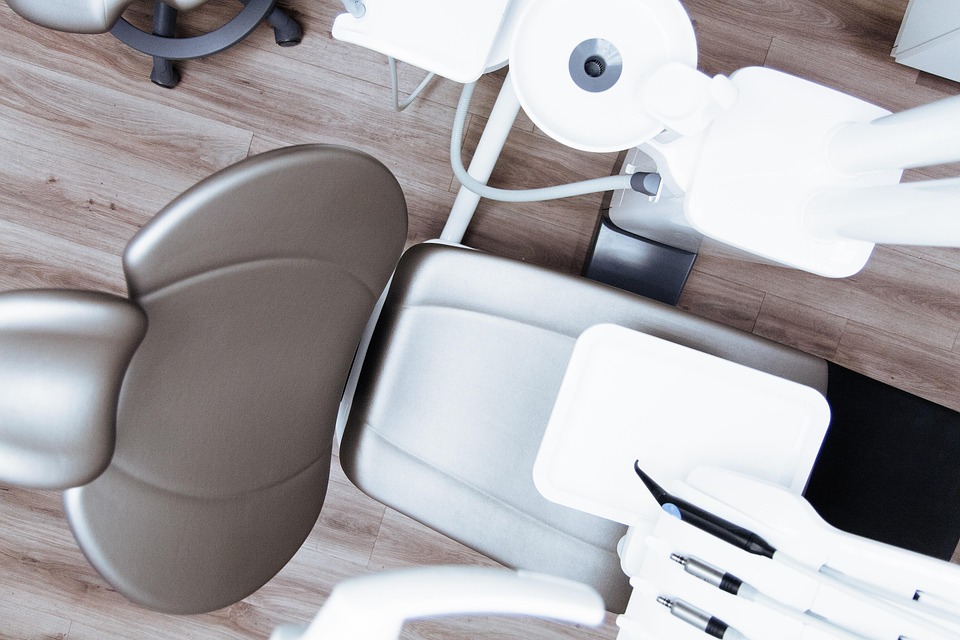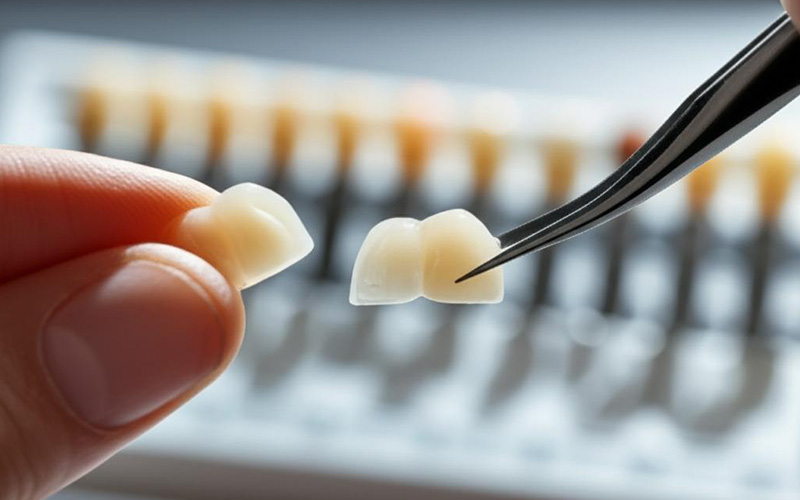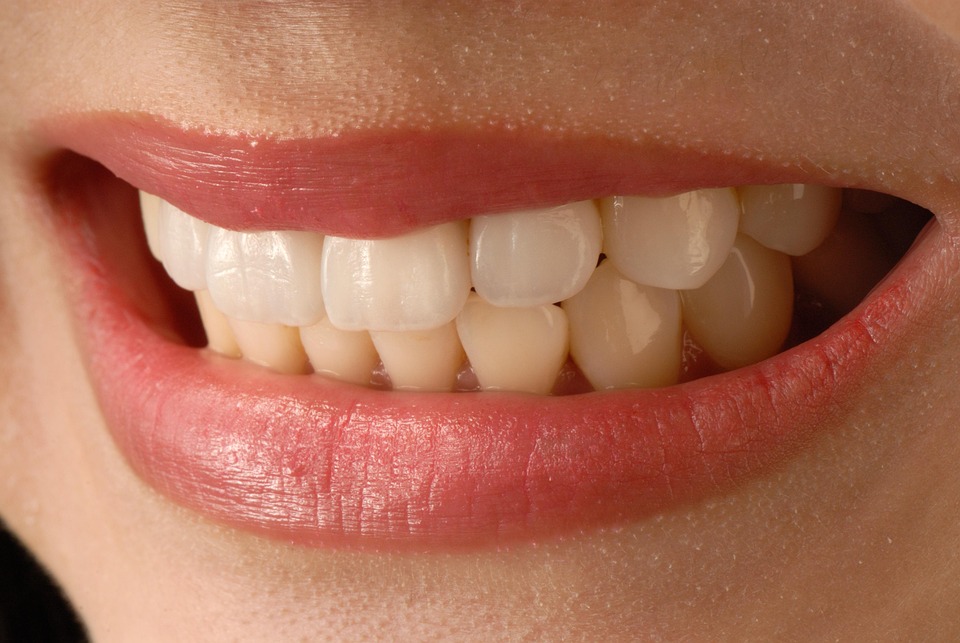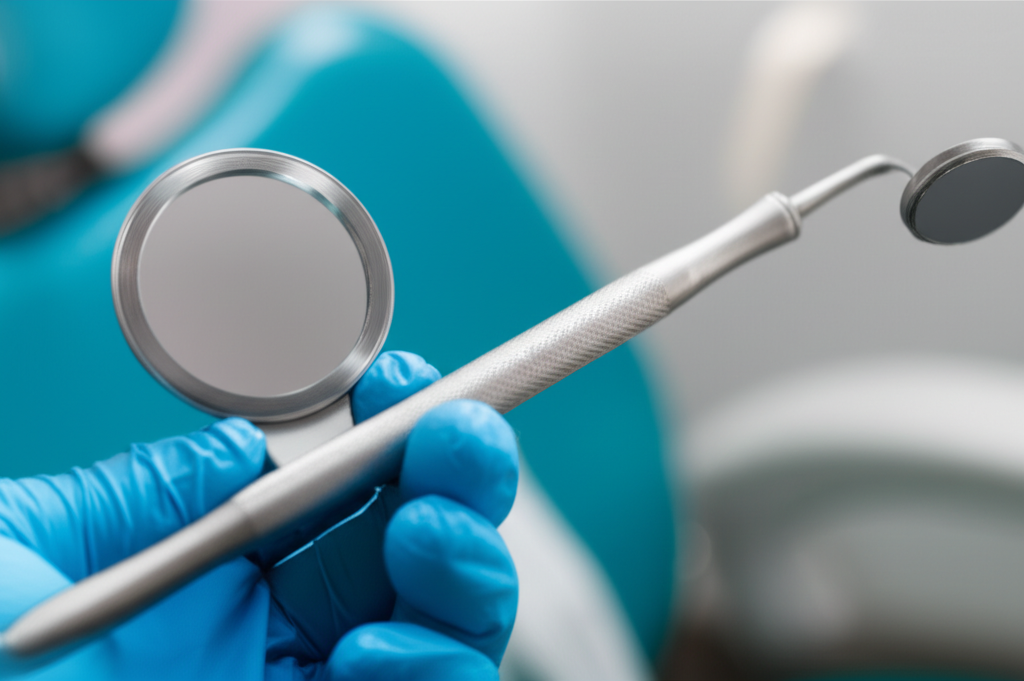
How Much Does a Dental Cleaning Cost? Your Complete Price Guide
Dental cleaning is more than just making your teeth shiny. It’s about keeping your mouth—and your money—safe for a long time. Many people wonder, “How much is a cleaning at the dentist?” This article gives you simple answers and tells you everything you need to know so you won’t get shocked by your next dentist bill. You’ll find out what changes the price, what to do if you don’t have insurance, and why skipping cleanings can cost you more later.
Table of Contents
1. Introduction: Why You Need to Know the Real Dental Cleaning Cost
You might have heard people complain about being surprised by how much their dentist visit cost. I know I have! That’s why learning the real price of dental cleanings is important. No one likes money surprises. Dental cleanings can be cheap, but sometimes they get pricey. Getting the facts now is the best way to save.
Here’s the thing. Lots of people skip dentist visits because they worry about the cost. But not going makes your teeth worse, and that leads to more pain and bigger bills later. I’ll show you the numbers, so you can plan ahead and keep smiling.
2. What Is a Dental Cleaning?
A dental cleaning, or “prophylaxis,” is what most people mean when they talk about a regular dentist visit. But what really happens?
First, your dental hygienist or dentist quickly checks your mouth. Then, they use special tools to take away plaque and tartar (that’s the hard stuff you can’t clean at home). After that, your teeth get polished, sometimes with a sandy-feeling paste. Some dentists add fluoride treatments or take X-rays if it’s time.
There are a few kinds of cleanings. A regular cleaning is for healthy teeth and gums. But if your gums are sore, bleed easy, or look red, you might need a “deep cleaning.” I’ll talk more about those soon.
3. How Much Does a Standard Cleaning Cost?
Here’s the answer you’re looking for.
The usual price for a basic dental cleaning:
$75 to $200 if you don’t have insurance
$70 to $150 for children
If you have dental insurance, it often pays for 1–2 cleanings per year, sometimes all of it. You may only need to pay a small co-pay—sometimes nothing at all!
Here’s a helpful table:
| Service | Typical Cost (No Insurance) | With Insurance (Approx.) |
|---|---|---|
| Adult Cleaning | $75 – $200 | $0 – $50 |
| Child Cleaning | $70 – $150 | $0 – $40 |
| New Patient Exam | $50 – $150 | $0 – $50 |
| Bitewing X-rays | $30 – $75 | $0 – $20 |
Every dentist charges a bit different, and prices change depending on where you live. If you’re in a big city like New York, LA, or Chicago, you’ll pay more than in a small town.
4. What Makes Dental Cleaning Prices Go Up or Down?
So why do some people pay $80, and others more than $200? Here’s why.
- Where You Live
Dentist in big cities usually cost more. That’s because the office rent, worker pay, and tools are all higher.
- Which Dentist or Dental Hygienist You See
A dentist with lots of know-how or a fancy office will usually charge more than a simple local clinic.
- Type of Cleaning Needed
A regular cleaning is the cheapest. If you have sore gums or gum disease, you’ll need a deep cleaning, and that costs more. Want new high-tech stuff like 3D pictures or fancy tools? That can bump up the price too.
- Extra Things Done
Need X-rays, fluoride, or a full mouth check? Each of these can add $20–$150 to your visit.
- New or Old Patient
Some places offer deals to new customers, like free X-rays or cheaper cleanings. It’s always smart to ask!
5. What’s the Difference Between Regular and Deep Cleaning?
Maybe your dentist said you need a “deep cleaning” instead of a normal one. What does that mean for you and your money?
Regular Cleaning (Prophylaxis)
- For people with healthy gums
- Cleans off stuff on the surface
- Usually done every 6 months
Deep Cleaning (Scaling and Root Planing)
- For people with gum problems like gingivitis or periodontitis
- Cleans below your gum line to get rid of tough tartar
- They might use medicine to numb your mouth
- Done in “quadrants”—that’s one-fourth of your mouth at a time
Deep cleaning cost:
$150 to $400 for each quadrant
$600 to $1,600+ for your whole mouth
Deep cleanings are more work and take longer. If a regular cleaning is a fast car wash, a deep cleaning is a full clean inside and out.
6. Does Dental Insurance Help With Costs?
Good news! If you have dental insurance, you might pay little or nothing for regular cleanings.
- Most plans pay for 80–100% of cleanings
- Often only once or twice a year
- You might need to pay a small co-pay
- Deep cleanings are covered less
- Usually covered 50–80% after you pay your deductible
- You might still owe $200–$500, depending on your plan
- In-network or Out-of-network
- If you use an “in-network” dentist, your cost is usually less
- Out-of-network means you might pay a higher bill
If you’re not sure, call your dental insurance company before going. Ask about code D1110 (regular adult cleaning) or D4341 (deep cleaning). They can tell you what is paid for.
7. What If You Don’t Have Dental Insurance?
No insurance? That’s okay—you can still keep your teeth clean and save money.
Paying Out of Pocket
You’ll pay the full price, but here’s how to save:
Dental Savings Plans
These work like a membership card. Pay a yearly fee and get set discounts (usually 10–60% off). Only at certain dentists.
Dental Schools
Live near a college with a dental program? Many dental schools offer cheap cleaning by students, and teachers check every step. It takes longer, but you can save a lot—sometimes cleanings are $50 or under.
Community Dental Clinics
Many areas have clinics where you pay less depending on what you can afford. These are usually run by charities or the government.
Dental Payment Plans
Ask your dentist if they let you pay a bit each month, or if they use other payment programs like CareCredit.
Ask for a Discount
Don’t be shy—sometimes you can get a better price, especially if you pay with cash.
8. What’s Included in a Dental Cleaning Appointment?
Wondering what you’re paying for? Here’s what comes with a cleaning:
- Oral Exam
Check for problems like cavities or gum disease
- Plaque and Tartar Removal
Cleaning with special tools above and below the gums
- Teeth Polishing
A spinning brush with a little paste for shiny teeth
- Flossing
Getting between teeth to clean extra well
- Advice on Brushing and Flossing
Tips to help you clean better at home
Sometimes they add X-rays or fluoride treatments for extra help. Both kids and adults with lots of cavities can use these.
9. Is Paying for Dental Cleaning Really Worth It?
A big question: Should I spend money on cleanings, or wait until there’s a problem?
From what I’ve learned: Regular care costs less than fixing problems.
Regular cleanings can:
- Stop problems like cavities and gum disease before they start
- Keep your breath smelling nice
- Help your dentist find issues while they are small
- Save you a lot by skipping things like fillings, crowns, or even losing teeth
The American Dental Association says most people should have a cleaning every 6 months. If you skip, you might get dental problems, pain, lost teeth, and way bigger bills.
Read more about how regular care helps your teeth health.
10. How Can You Save Money on Dental Cleaning?
Want to pay less for cleanings? Try these tips:
- Call Around
Prices can be really different, even in the same town. Call a few dentist offices for prices.
- Go to Dental Schools or Clinics
If you have a nearby dental school, give it a try. It might take more time, but you pay a lot less.
- Ask About Special Deals
Many dentists have new patient deals, coupons, or membership plans for families.
- Try Dental Savings Plans
These can save you money if you go to the dentist a lot.
- Take Care of Your Teeth at Home
Brush, floss, and rinse your mouth every day. The better you clean, the less expensive care you’ll need.
- Fix Problems Early
Don’t wait for pain—visit your dentist often to stop expensive surprises.
For more smart tips, check out this guide on dental care and looks.
11. Frequently Asked Questions (FAQ)
Q: How often should I get a dental cleaning?
A: Most dentists say every 6 months. Some people with really healthy teeth can wait a bit longer—but twice a year is safest.
Q: Is teeth cleaning painful?
A: For most people, not at all. If your gums are sore or you have lots of tartar, you might feel a bit sore. Deep cleanings may need numbing.
Q: Can I get a discount if I pay cash?
A: Some offices give a discount if you don’t have insurance and pay cash. Always ask!
Q: What’s the most expensive part of a dental cleaning?
A: Deep cleanings for gum disease cost the most. X-rays or fluoride cost extra, but regular visits keep these costs low.
Q: Is it okay to skip dental cleanings if I brush at home?
A: Brushing and flossing at home is great, but only a dental cleaning can remove the really hard tartar. Skipping visits can lead to problems you can’t fix on your own.
12. Summary: Key Points to Remember
- Dental cleaning is key for healthy teeth and gums.
- A normal cleaning costs $75–$200 without insurance, often less if you have insurance.
- Where you live, what you need, and who you see can change the price a lot.
- Deep cleanings are for gum problems and are pricier—up to $1,600 for everything.
- Dental insurance usually covers part or all of a normal cleaning.
- No insurance? Try savings plans, dental schools, or clinics for lower prices.
- Regular cleanings stop big dental problems and are a good deal.
- Always ask your dentist about deals, payment plans, or help finding cheaper care.
Taking care of your teeth now saves you pain and money later. Don’t wait for things to get bad—see your dentist on time, and your teeth (and your wallet) will be glad.
Want to learn about how your teeth work? Check out this deep teeth information.
If you’re curious about the tech behind dental care, see what’s new at a digital dental lab.
Remember: Keep your mouth clean, your cost low, and your smile bright!
